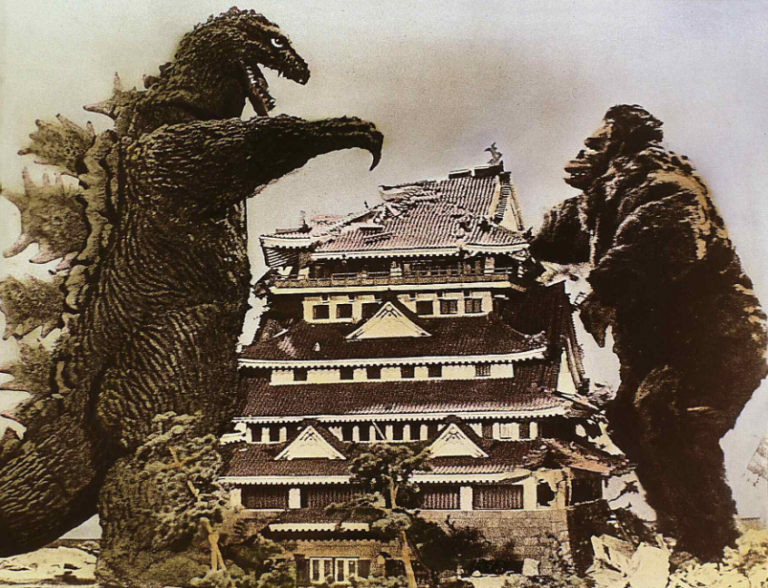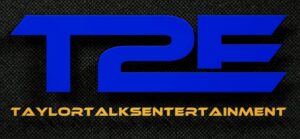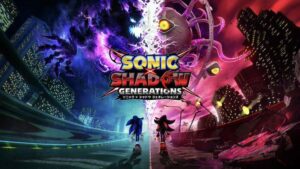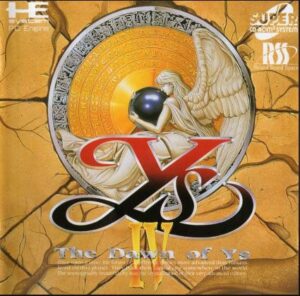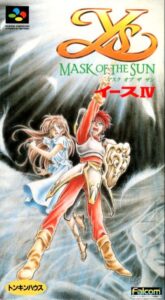After the negative reception to Godzilla Raids Again, the Godzilla franchise was on thin ice with Toho, the Japanese media company that produced the film. From 1955 to 1962, Toho had no plans to continue the franchise. Yet, Godzilla experienced a complete revival in the 1960s, and it ultimately owes its continued existence to King Kong and the stop motion animator Willis O’Brien, who is world famous for his work on films such as Kong, Mighty Joe Young, and Lost World. In 1960, O’Brien proposed a feature film in which King Kong would battle Frankenstein. However, this film never saw the light of day. Instead, O’Brien and producer John Beck soon crossed paths with Toho, and the idea to pit King Kong against Godzilla came to be. This project would not only be the third film in Godzilla and Kong’s respective franchises, but it would also mark the first time both monsters appeared in color and widescreen. This is the story of the original King Kong vs. Godzilla.
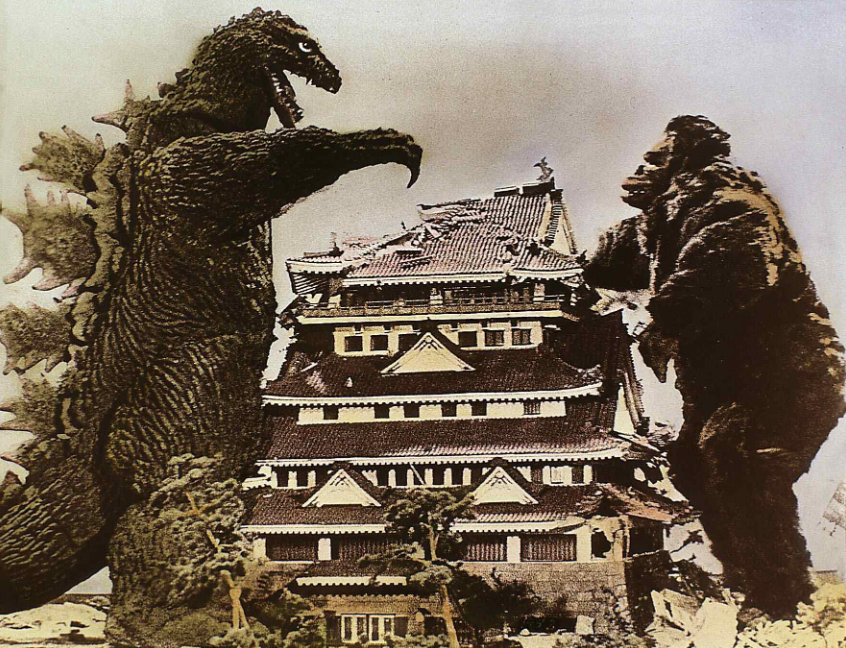
King Kong vs. Godzilla was released in Japan in 1962. It was directed by Ishiro Honda, who had directed the original Godzilla movie, and the score was done by Akira Ifukube. The English version of the film was released in 1963 and was produced by John Beck, with musical editing by Peter Zinner. The American version was distributed by Universal Studios. The plot is as follows: A nuclear submarine goes missing in the arctic, and Godzilla is discovered to be the cause. Similarly, on a remote island off the coast of Japan, an expeditionary force encounters King Kong. The two monsters then instinctually begin to head on a collision course for each other in a clash for the ages!
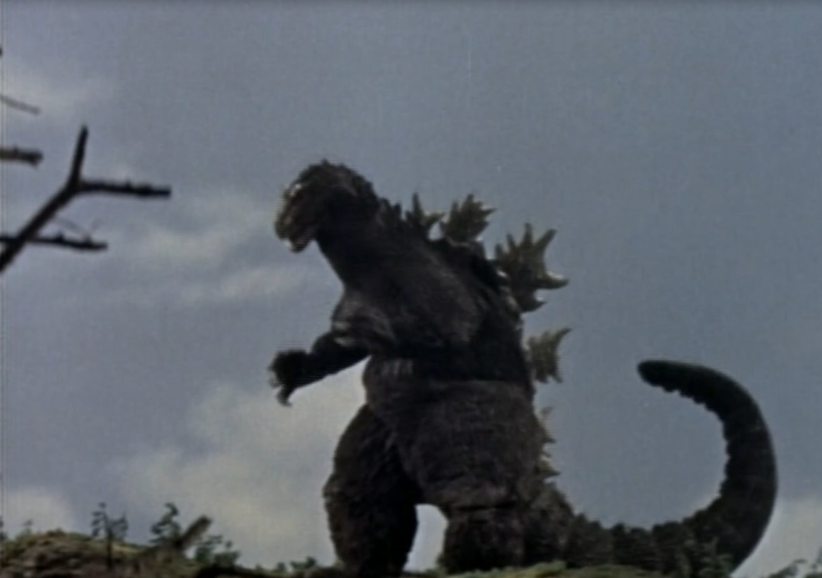
Godzilla Raids Again was the first film in the franchise to feature monster versus monster action, but King Kong vs. Godzilla executes the concept much better in my eyes. The original Godzilla delivered a serious theme and message, despite being disguised as a movie about a giant monster. Its sequel Godzilla Raids Again tried to replicate this with mixed results, as the themes were largely overshadowed by the monster action scenes. King Kong vs. Godzilla drastically improves upon the imbalances in the sequel by knowing exactly what it wants to be.
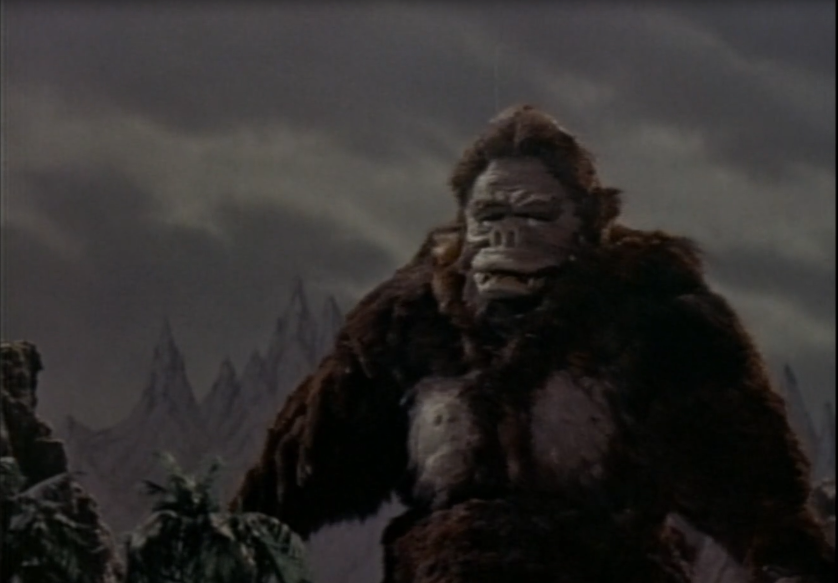
King Kong vs. Godzilla focuses not on delivering a message, but rather on monster action. With that in mind, you can easily decide whether or not this film is for you. When it comes to presentation, King Kong vs. Godzilla mostly improves on what Godzilla Raids Again attempted. The fight choreography has been improved from the aggressive hugging in the previous installment; in this film, we see a variety of moves from both Godzilla and Kong. However, I find the changes made to the rubber suits to be a disservice. Godzilla’s appearance was altered to make him more in line with a common reptile, while Kong was redesigned because RKO (who held the rights to King Kong at the time) dictated that the character must have a different appearance from previous installments.
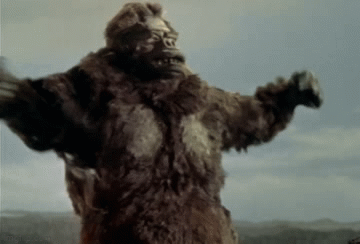
Much like the previous two Godzilla movies, numerous changes were made to the English version of the film. Ifukube’s iconic work on the Godzilla score was entirely replaced by a more Americanized soundtrack by Zinner. I personally prefer Ifukube’s work, as it is much more memorable. Unlike King of the Monsters and Gigantis the Fire Monster, the English version doesn’t deliver much of its story in the form of narration. Instead, it dubs over existing footage and intercuts new footage of American actors. While the dubbing varies in quality, I believe the film would be much more engaging if the story was performed rather than narrated.
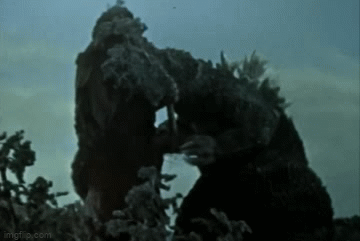
King Kong vs. Godzilla did exceedingly well at the box office, with 11.2 million tickets sold during its initial theatrical run, generating $3.58 million USD in profit domestically. To this day, it has the highest box office attendance for any Godzilla movie. It was also the fourth-highest grossing movie in Japan in 1962, following The Great Wall, Sanjuro, and Chushingura. The film also saw a healthy extended life on home video releases. (Today, the original Japanese cut of this film is notoriously hard to find, as it only saw an extremely limited home release.)
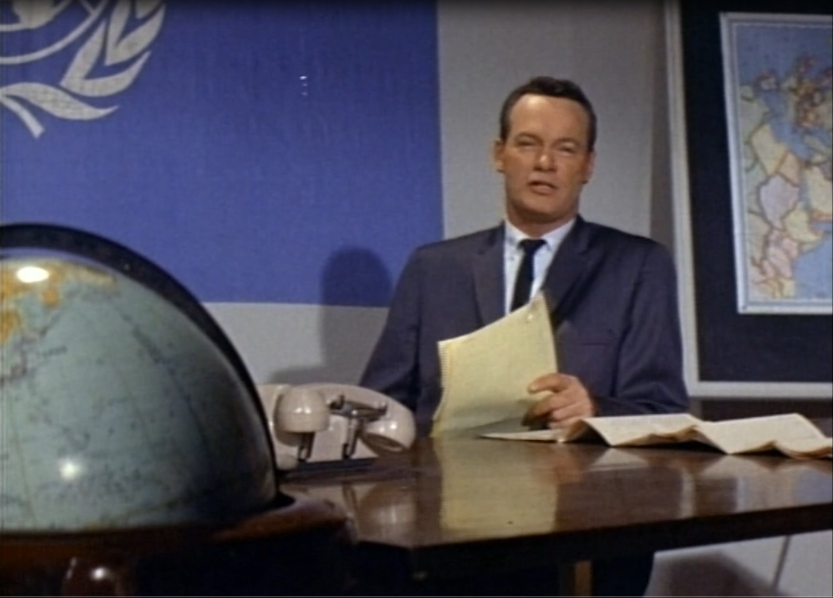
This film had a lukewarm reception at home and internationally, with critics citing that it was a silly monster movie. Both versions of the film have their shortcomings, but if you’re a fan of monster movies, I think you’ll enjoy what they offer. And money ultimately spoke volumes, as Godzilla’s next installment was released in 1964. The irony of Godzilla being thrust back onto cinema’s stage by a film that wasn’t originally supposed to feature him is not lost on me.
In the decades since the film’s release, a myth has circulated about a mysterious double ending, claiming that the winner of the fight depends on which version you’re watching. Having watched both versions, I can confirm that information is false. As for who actually wins between these titans? You’ll have to watch the film to find out…

